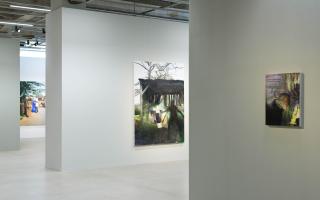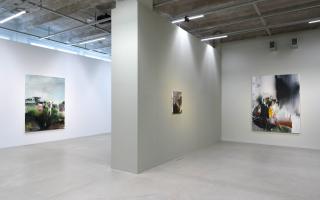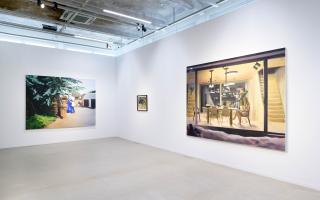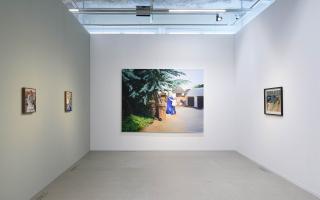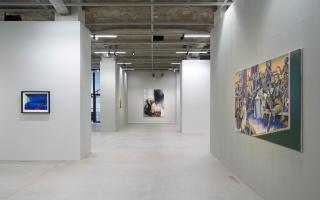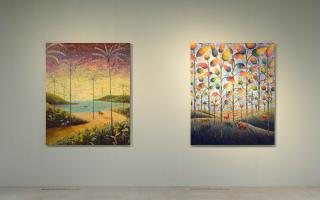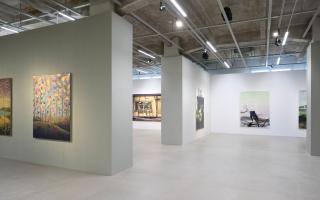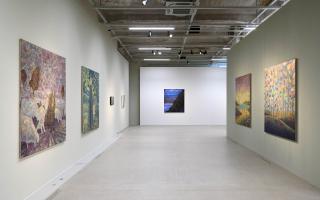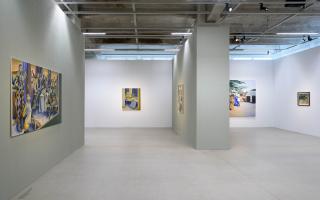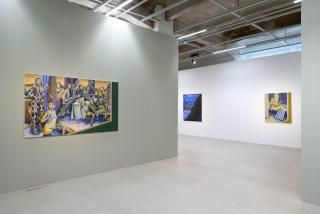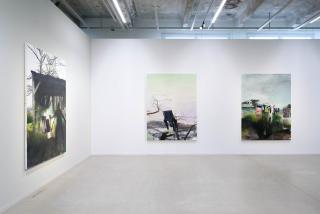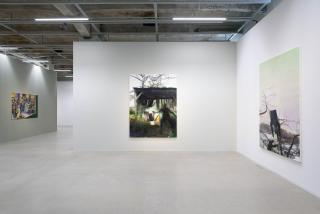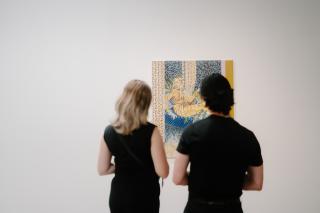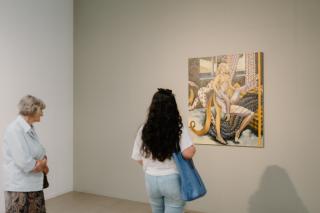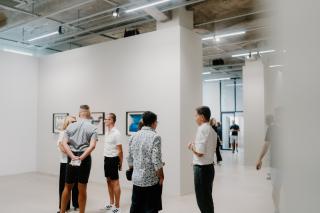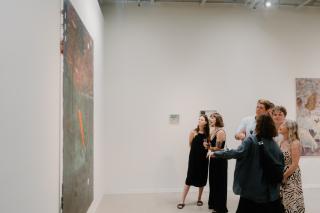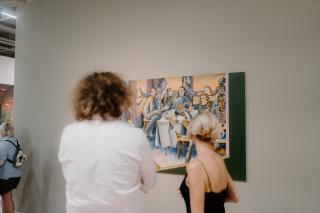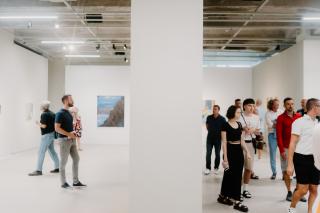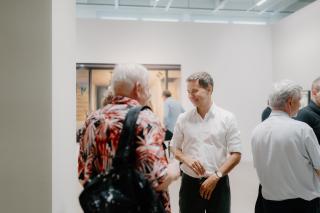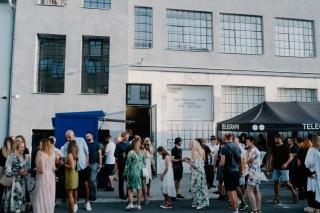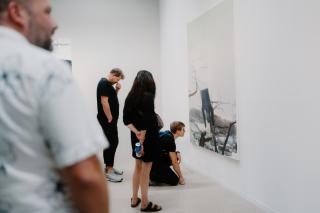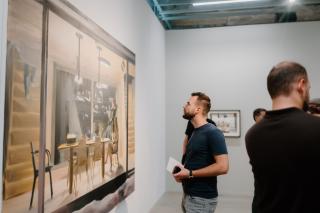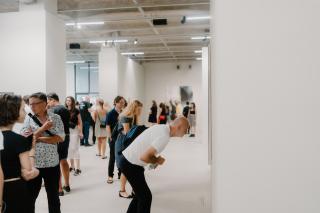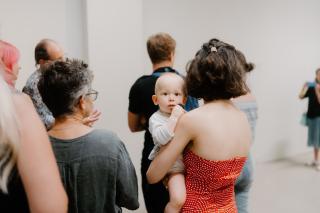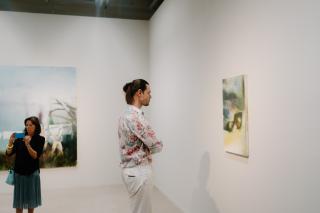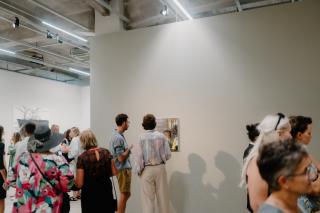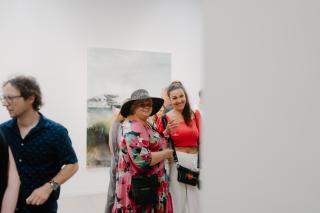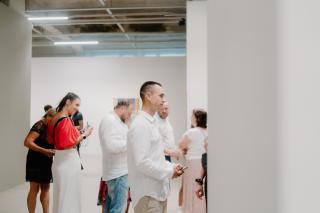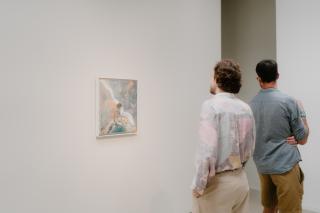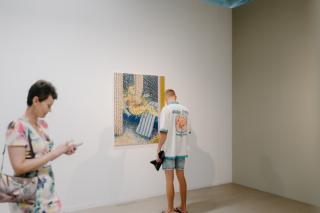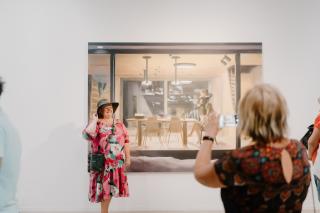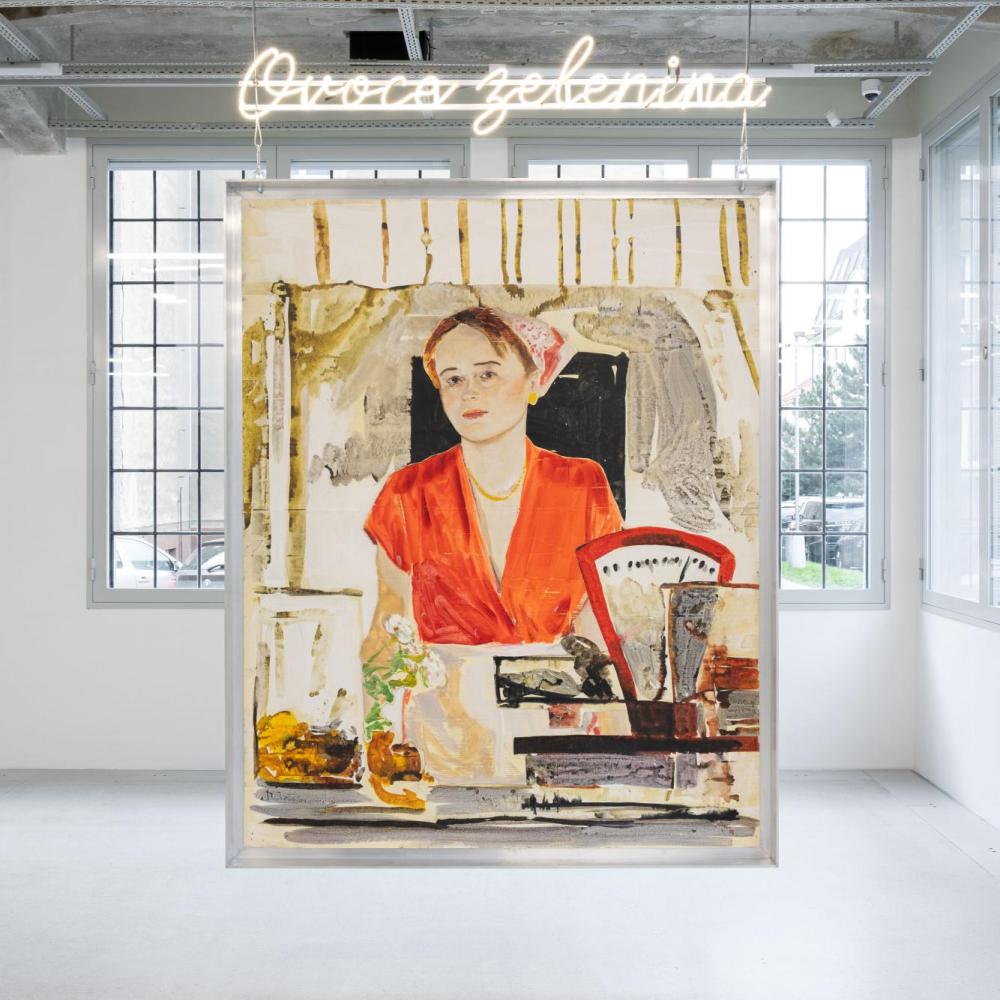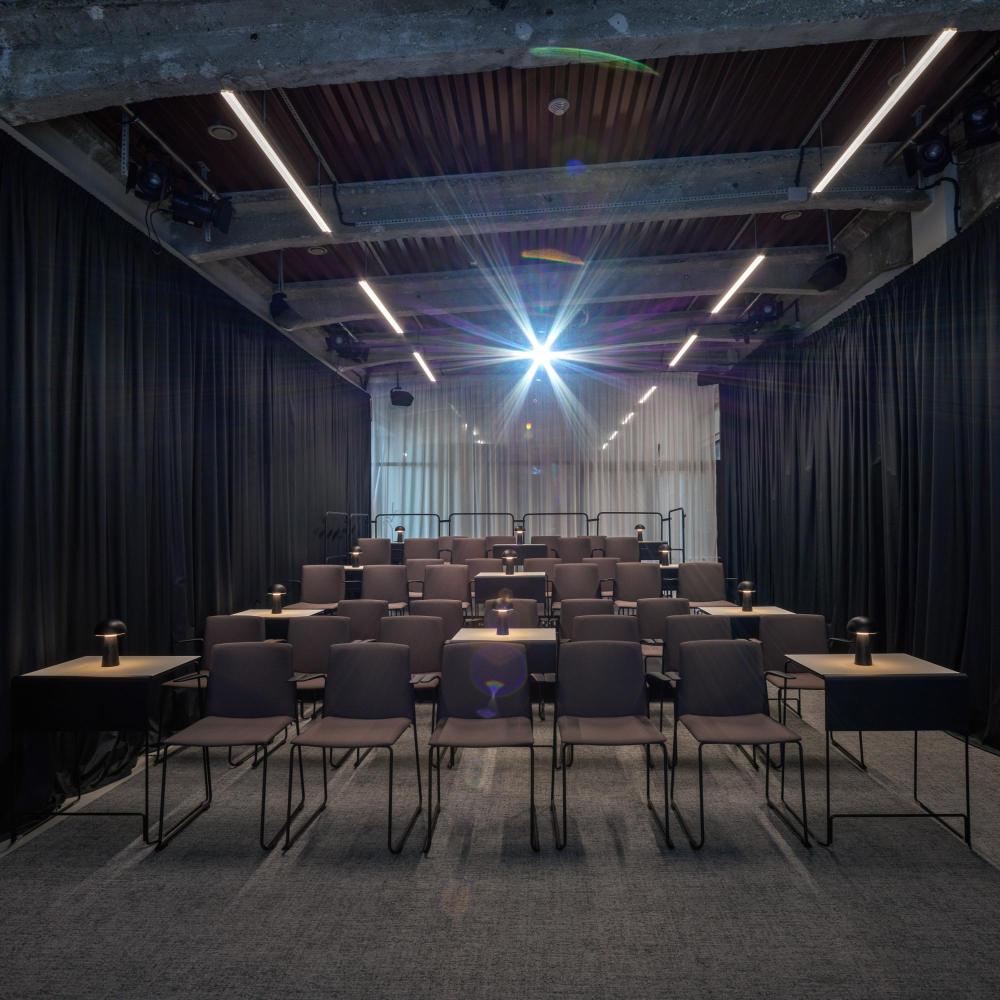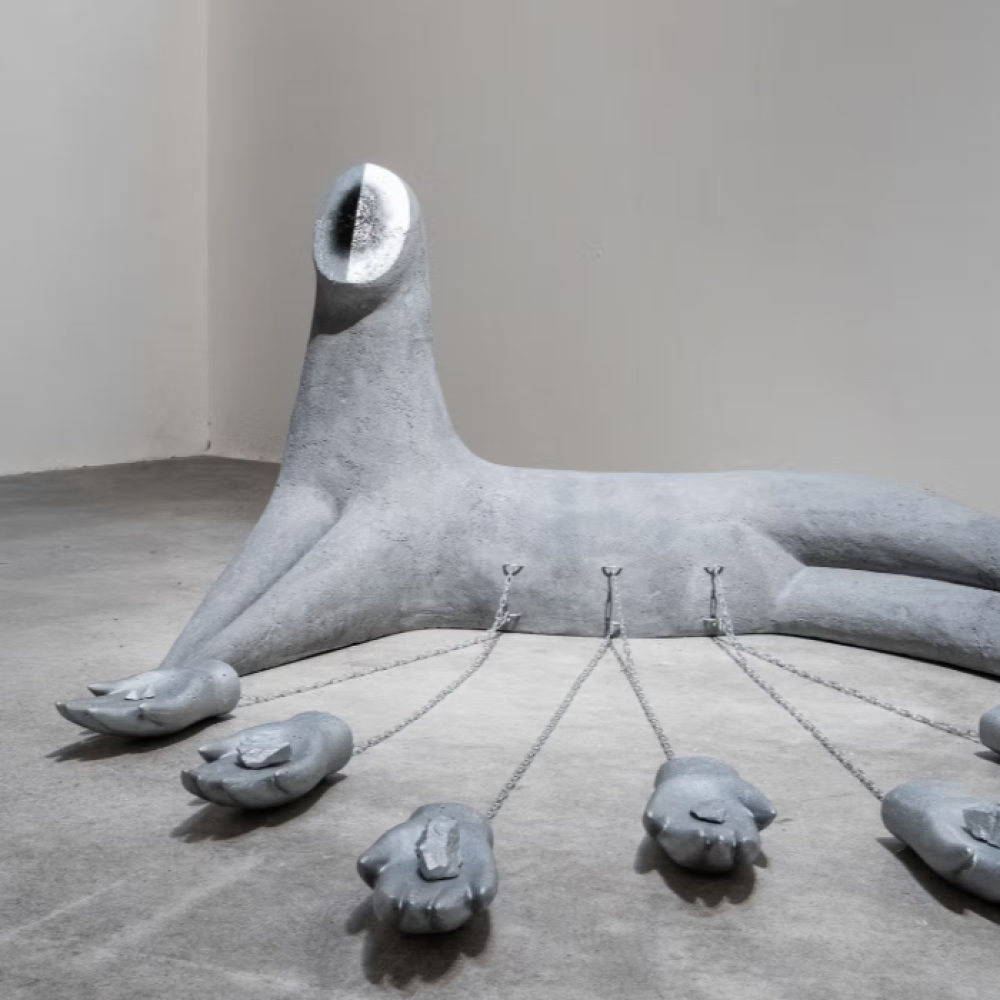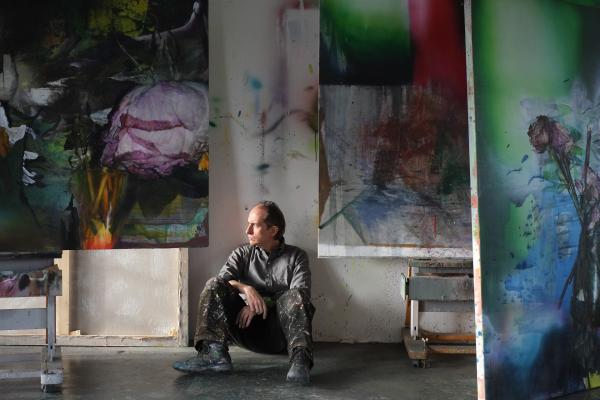
Justin Mortimer is one of the most famous names in contemporary British painting - and not just because he is one of the painters who has been given the opportunity to portray the British monarch. In Mortimer's case, it was a portrait of Queen Elizabeth II. from 1997.
Justin Mortimer studied at the Slade School of Fine Art in London. He came to wider attention in 1991 when he won the BP Portrait Award held annually by the National Portrait Gallery in London. Mortimer himself speaks of a certain duality in the motifs of his work - on the one hand he works with portraits, into whose world he was thrown after winning in 1991, and which have made him one of the most sought-after painters in the world. On the other hand, Mortimer creates a number of his own imaginative stories, which he presents through his paintings. In both cases, we can say that the artist works with a certain element of deconstruction - his portraits are known for the contrasts between the depicted body - a person who is often limbless or otherwise deformed - and the colourful background. Mortimer's imaginative paintings are filled with a sense of dreams and unforeseen twists.
I have to start with the obligatory question in your case – what was it like painting the Queen? I mean, how did you feel?
It was a fair bit of pressure as I knew it would be seen in the papers. The only way to approach it was to see it as just another painting of mine. I had to paint it in the style I was currently experimenting with. I felt pleased to be chosen for the commission and understandably nervous. But I was only 27 and was helped by the confidence of youth.
Can you talk about how an event like that takes place?
A committee from the Royal Society of Arts was put together to choose an artist. I submitted some images and was the winning candidate – it turned out that the others were all friends of mine and over time have all since painted portraits of royalty.
Your portrait of the Queen has caused controversy because Queen Elizabeth's head is disconnected from the rest of her body – so you have gone for an abstract conception of portraiture. How do you look back on this work of yours?
I am still proud of that painting as many pictures from that time I feel less fond of. I think I took some risks that ultimately paid off. Nearly all contemporary royal portraits are dismal. At the time I was making works of figures with disconnected limbs and heads, and I simply applied that approach to HRH for the reasons mentioned above.
In many articles, you are presented as an artist of two directions – on the one hand as a portraitist, and on the other hand as an artist creating his own imaginative compositions. How do you perceive this duality in your work?
It may have worried me a bit in the past. In 1997 painting, let alone portraiture, in the UK scene was dismissed as dull and over. For me, it was a job, one that I was good at and that allowed me to rent a studio and never have a proper job. In 2004 Neo Rauch the celebrated German painter told me he was interested that I had these two paths and in fact said it was something to be proud of.
Do you still paint portraits?
No, not commissioned ones, although I still get asked. However, I do see all my pictures as containing portraiture. A painting of a foot is a portrait as is a picture of a tree or a tea bag.
Portraits are one of the most complicated disciplines for me personally, both as a painter and a theorist – capturing the essence of a character can be surreal. Do you think your portraits and later imaginative works have that in common? Capturing that essence “beneath the visible”?
I‘m not sure what you mean by surreal. As for essence beneath the visible, well that is probably more in the mind of the viewer than the artist. And that is fine of course. I just sometimes find this idea of capturing truth a bit of a cliche.
Colline Millard's text Slow News, which can be read on your website, describes your approach to perceiving the world, to representing it. The text in question focuses on your image of Lilith, which is inspired by the news image of Pussy Riot. Can you explain how you represent reality in your works?
Undoubtedly, I am interested in how things appear. To paint something that is recognisable, you have to disassemble it in your mind and reassemble it on the canvas. This is about really looking, I guess.
But a seamless tangible reality in a painting is boring. I find that the more realistic a painting of mine appears the less interested in it I become. I am interested though in presenting conflicting events or objects together to make uncanny, hopefully unnerving pictures. When something is out of context, you really see it.
... and does that mean that the motifs, or even the environment, in your paintings are inspired by real places, events?
Sometimes. Usually when I am angry or afraid of them.
Can you define the goal for which you create? How would you like your works to be understood?
I'm not sure if I want them to be understood.
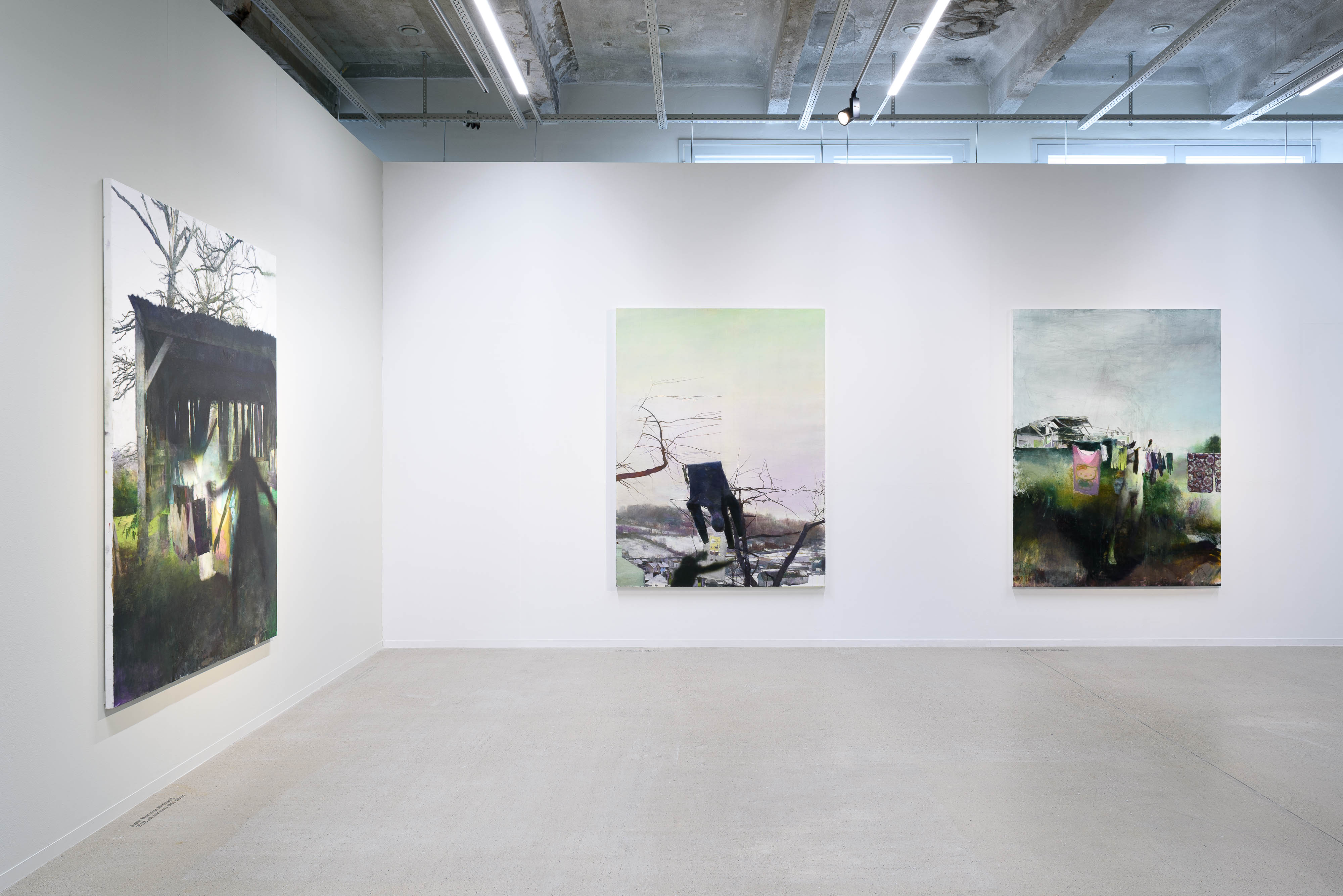
I would like to move on to the paintings that are on display directly at the Telegraph Gallery in Olomouc. The exhibition opens with a trio of your canvases, which I personally find disturbing – shadows of human figures accompanied by symbols of the children's world such as Hello Kitty or SpongeBob. Can you tell us the story behind these works?
The first painting I made came from seeing a shed in Normandy. I liked its shape and structure. It made me think of Piero della Francesca‘s Nativity. I immediately wanted to paint an event happening in a shed that was an anti-nativity. Or it could just be a really great party. The shadowed figures were a solution to a problem I had with the picture. I discovered that they were great proxies and nicely paranormal.
Pelt is also set in France. France is where I often go on holiday and is where I have most of my ideas -on holiday that is. The fact it is French isn't important. The wetsuit reminded me of a discarded skin and of all the paintings of flayed martyred saints. I wanted to suggest a situation that the viewer may have just stumbled into after it had just happened. Discarded clothes, children's T-shirts, whatever, have a story to tell. Especially if they are hanging in trees. It made me think of Goya's Disasters.
The naked guy with the Hello Kitty could be part of a hippie cult. He could be living in an abandoned zone, just doing his chores. Maybe his caravan is out of sight. He could be the cult leader with all the attendant misuse of power. Or perhaps something hideous has happened to him, and his family is lost.
The two naked men are absurd. I was in effect taking the piss out of (mocking) their narcissism and pseudo machismo. They have shaved genitals. More like boys than men. One is in a boxing stance yet is as vulnerable as a tiny piglet. In fact, I tried hard to make their skin as porcine as possible. I love pigs but I wanted to suggest that these men are racists, fanatics.
The woman with the naked man and washing is a different picture perhaps. I think it occupies a dream state. There is a touch of psychosis there – druggie laundry! My approach to it was a little more experimental and for that I'm happy with it.
You work with painting in different ways on your canvases – both in a more realistic way, in depicting landscapes, and you take a more imaginative approach, for example just in depicting characters. What do you think is the relationship between realism and abstraction?
It's something I try out from time to time as I don't want to be limited by the chore of purely illusionistic pictures. There is a whole unending bandwidth of marks and gestures possible out there and I like to explore that. It is interesting your observation that abstraction tends to happen with pictures containing figures. In truth, I hadn't thought of that.
I have another question that I ask all the painters exhibiting in the New Positions in British Painting exhibition. What does figurative painting mean to you?
Um... I always drew as a boy – well before I thought of being an artist. I was enthralled by being able to invent worlds. As they became more complex, the more I inhabited this proxy reality. A dream space yes, but somehow tangible. As my skills in depicting people grew (as a boy) these imagined places became substantial, inhabitable.
Photo: Kevin Davies, Matěj Doležel
